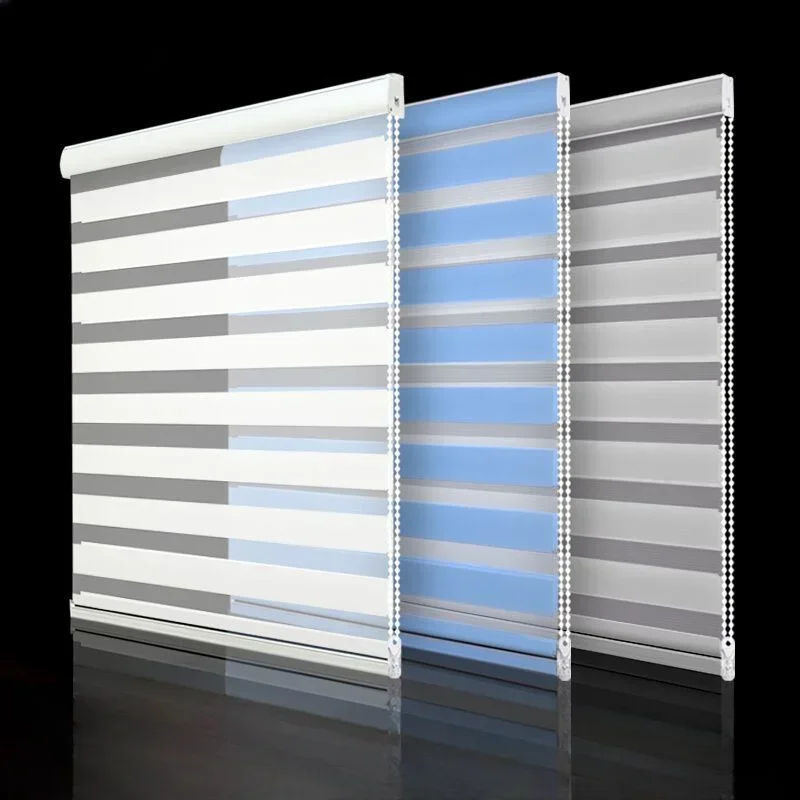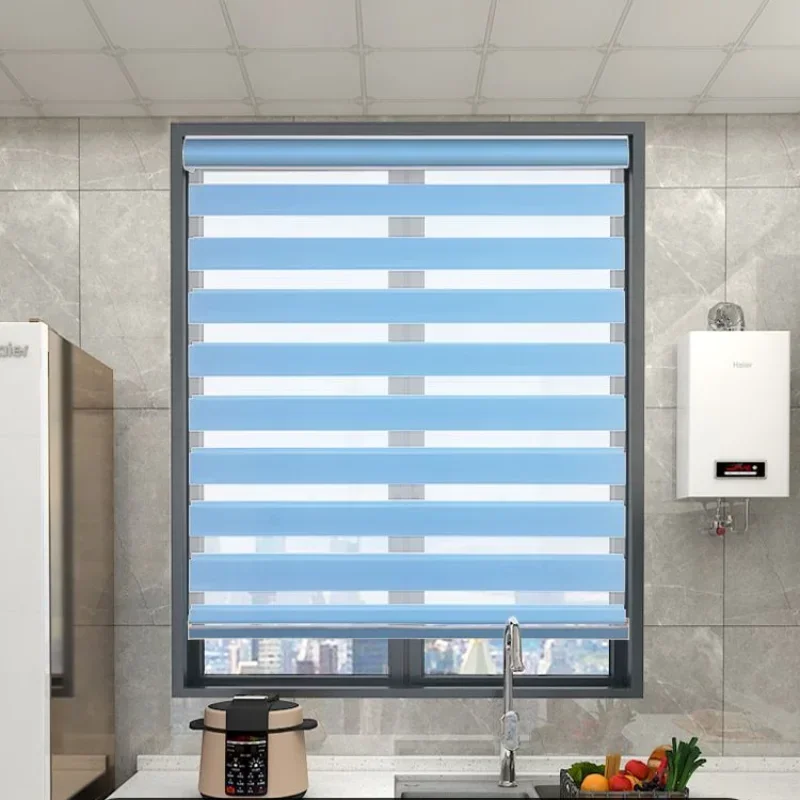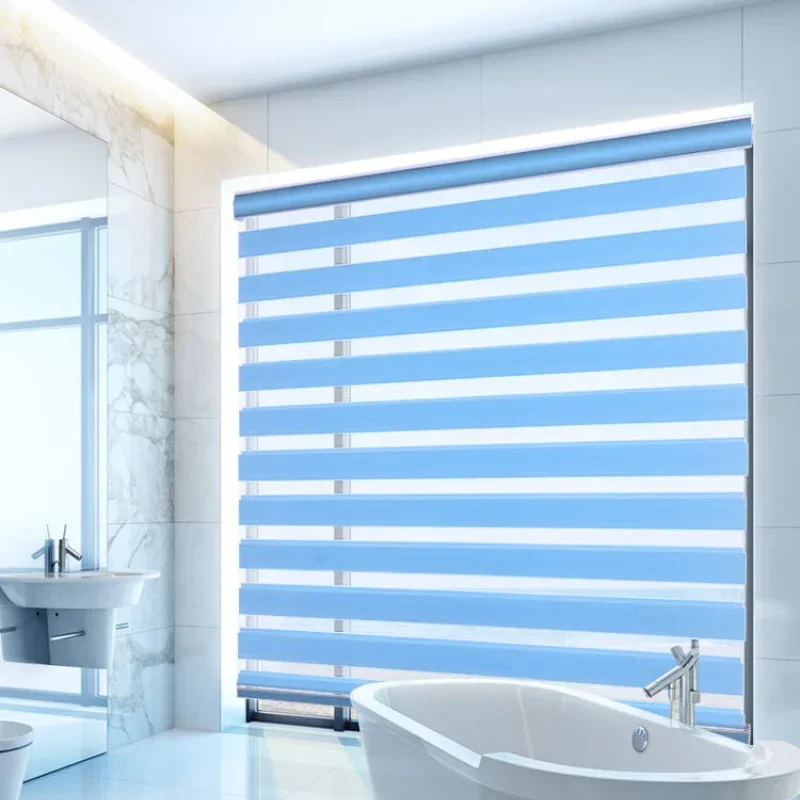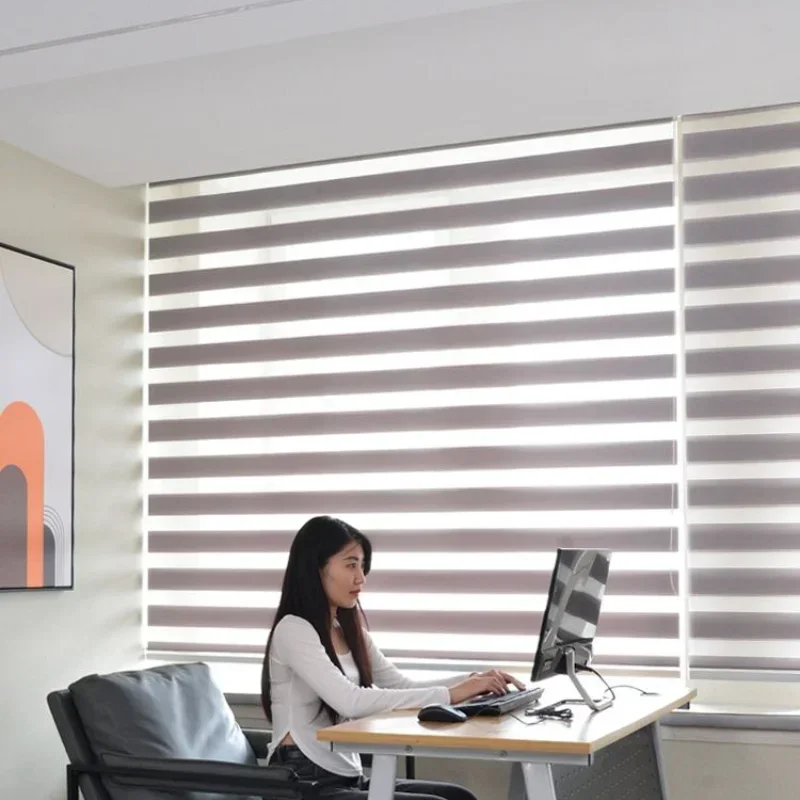Cordless blinds have revolutionized the way we think about window treatments, offering a blend of safety, functionality, and aesthetic appeal. The shift from traditional corded blinds to cordless versions has been driven by an increased focus on child safety, ease of use, and contemporary design. If you’re considering updating your window treatments, understanding cordless blinds and their mechanics can greatly enhance your decision-making process. In this comprehensive guide, we’ll explore “How Do Cordless Blinds Work? An In-Depth Guide to Modern Window Treatments,” delving into their design, functionality, benefits, types, and installation.

The Evolution of Window Treatments: From Cords to Cordless
The journey from corded to cordless blinds represents a significant evolution in the world of window treatments. Traditional blinds operated with pull cords have been a staple in homes for decades. While effective, they posed several challenges, including tangled cords, limited ease of operation, and critical safety concerns, especially in homes with young children and pets. These corded blinds required careful handling and regular maintenance to prevent wear and tear, and the cords themselves could easily become entangled or damaged.
In response to these issues, the industry began exploring alternative mechanisms that could retain the functional benefits of blinds while eliminating the drawbacks associated with cords. The result was the advent of cordless blinds, which utilize various innovative mechanisms to operate smoothly and safely without the need for pull cords. These blinds not only addressed the safety concerns but also introduced a sleek, modern aesthetic that appealed to homeowners looking to update their interior decor.
How Cordless Blinds Work: The Mechanics Explained
At their core, cordless blinds operate without the need for external cords, using an internal mechanism to raise and lower the blinds. The basic principle involves a spring-assisted system or a motorized unit, which controls the movement of the blinds.
Spring-Loaded Mechanism: One of the most common designs for cordless blinds involves a spring-loaded mechanism. When you lift or lower the bottom rail of the blind, the internal spring adjusts the tension, holding the blinds in place at the desired position. This mechanism relies on a balance of tension and friction to ensure smooth operation. When you push up on the bottom rail, the spring contracts, allowing the blinds to rise. Conversely, pulling down on the rail releases the tension, allowing the blinds to lower. This system removes the need for dangling cords, offering a neat and streamlined appearance.

Types of Cordless Blinds: Options to Suit Every Style
Cordless blinds are available in a variety of styles and materials, catering to different aesthetic preferences and functional needs. Here are some popular types of cordless blinds:
Cordless Cellular Shades: Also known as honeycomb shades, these blinds are designed with a unique cellular structure that traps air, providing excellent insulation and energy efficiency. They come in various opacity levels, from sheer to blackout, allowing for customizable light control and privacy.
Cordless Roller Shades: These shades offer a sleek and modern look, with a simple rolling mechanism that enables easy operation. They are available in an array of fabrics, colors, and patterns, making them a versatile choice for any room. Some roller shades also feature light-filtering or blackout options, suited for different living spaces and uses.
Cordless Roman Shades: Combining the elegance of drapery with the functionality of blinds, cordless Roman shades create soft folds when raised and a smooth, flat appearance when lowered. They are available in various fabrics and colors, adding a touch of sophistication to any decor.
Cordless Faux Wood Blinds: Offering the aesthetic appeal of real wood with the durability and moisture resistance of synthetic materials, cordless faux wood blinds are ideal for humid environments like kitchens and bathrooms. They provide excellent light control and come in various finishes to complement any decor style.
Benefits of Cordless Blinds: Safety, Aesthetics, and Convenience
Cordless blinds offer numerous advantages over their corded counterparts, making them an increasingly popular choice among homeowners. Here are some key benefits:
Enhanced Safety: The most significant advantage of cordless blinds is improved safety, especially in homes with young children and pets. Traditional corded blinds pose a serious strangulation hazard, leading to numerous accidents each year. Cordless blinds eliminate this risk, providing peace of mind and a safer environment.
Modern Aesthetic: Cordless blinds offer a sleek and streamlined appearance, free from cluttered and tangled cords. Their clean lines and modern design enhance the overall aesthetics of any room, contributing to a contemporary and polished look.
Ease of Use: Operating cordless blinds is straightforward and intuitive. With simple mechanisms like push-and-pull or remote control, adjusting the blinds to the desired position is hassle-free. This ease of use makes them accessible to everyone, including the elderly and those with mobility challenges.
Installation Tips: Seamless Setup for Maximum Efficiency
Installing cordless blinds can be a straightforward process, especially if you follow the manufacturer’s instructions carefully. Here are some tips to ensure a seamless setup:
Gather the Necessary Tools: Before you start, make sure you have all the required tools and materials. Typically, you’ll need a measuring tape, a pencil, a level, a screwdriver, and possibly a drill if you’re mounting the blinds on a hard surface.
Measure Accurately: Accurate measurements are crucial for a proper fit. Measure the width and height of the window frame; if you’re installing inside-mount blinds, take measurements at three points (top, middle, and bottom) and use the narrowest width. For outside-mount blinds, add an extra margin to each side for better light coverage.
Mark the Mounting Points: Use a pencil and a level to mark the mounting points on the window frame or wall. Ensure that the marks are level and evenly spaced to avoid any misalignment during installation.
Secure the Mounting Brackets: Attach the mounting brackets to the marked points using screws. Make sure the brackets are firmly secured and level before proceeding.
Install the Blinds: Once the brackets are in place, insert the headrail of the blinds into the brackets. Press firmly until the headrail clicks into place. For some types of blinds, you may need to secure additional clips or fasteners to lock the blinds in position.

Maintenance and Care: Keeping Your Cordless Blinds in Top Shape
Proper maintenance and care are essential to ensure the longevity and appearance of your cordless blinds. Here are some tips to keep them in top shape:
Regular Cleaning: Dust and dirt can accumulate on the blinds, affecting both appearance and functionality. Use a soft cloth, duster, or vacuum with a brush attachment to clean the blinds regularly. For fabric blinds, a gentle vacuuming or spot cleaning with a mild detergent and water can help maintain their freshness.
Avoid Harsh Chemicals: When cleaning your blinds, avoid using harsh chemicals or abrasive materials that could damage the surface. Stick to mild, non-abrasive cleaners to preserve the finish and functionality of the blinds.
Check for Wear and Tear: Periodically inspect your blinds for any signs of wear and tear, such as fraying fabric, loose components, or damaged mechanisms. Address any issues promptly to prevent further damage and ensure smooth operation.
Customization and Smart Integration: Personalizing Your Window Treatments
One of the most exciting aspects of modern cordless blinds is the ability to customize and integrate them with smart home systems. This allows you to tailor your window treatments to your specific needs and preferences, enhancing convenience and control.
Customization Options: Many manufacturers offer a range of customization options for cordless blinds, including different colors, fabrics, patterns, and finishes. This allows you to match your blinds to your home’s decor perfectly. You can also choose specific features like blackout lining, thermal insulation, or UV protection based on your needs.
Smart Home Integration: Integrating cordless blinds with smart home systems can significantly enhance their functionality. Motorized blinds, in particular, can be connected to smart home hubs like Amazon Alexa, Google Home, or Apple HomeKit. This enables voice control, scheduling, and automation, allowing you to control your blinds remotely or set them to open and close at specific times of the day.
Remote Access: With smart integration, you can control your blinds from anywhere using a smartphone app. This is particularly useful for security, as you can adjust your blinds while you’re away to give the impression that someone is home. Remote access also allows you to manage energy efficiency better by adjusting the blinds based on the time of day and weather conditions.
Conclusion: The Future of Window Treatments
Cordless blinds represent the future of window treatments, offering a perfect blend of safety, aesthetics, convenience, and smart integration. From their innovative operating mechanisms to the diverse range of materials and styles available, cordless blinds provide a modern and sophisticated solution for any home.
Understanding the mechanics behind cordless blinds, their various types, and the benefits they offer can help you choose the best option for your needs. Moreover, proper installation and maintenance ensure that your blinds remain functional and attractive for years to come.








